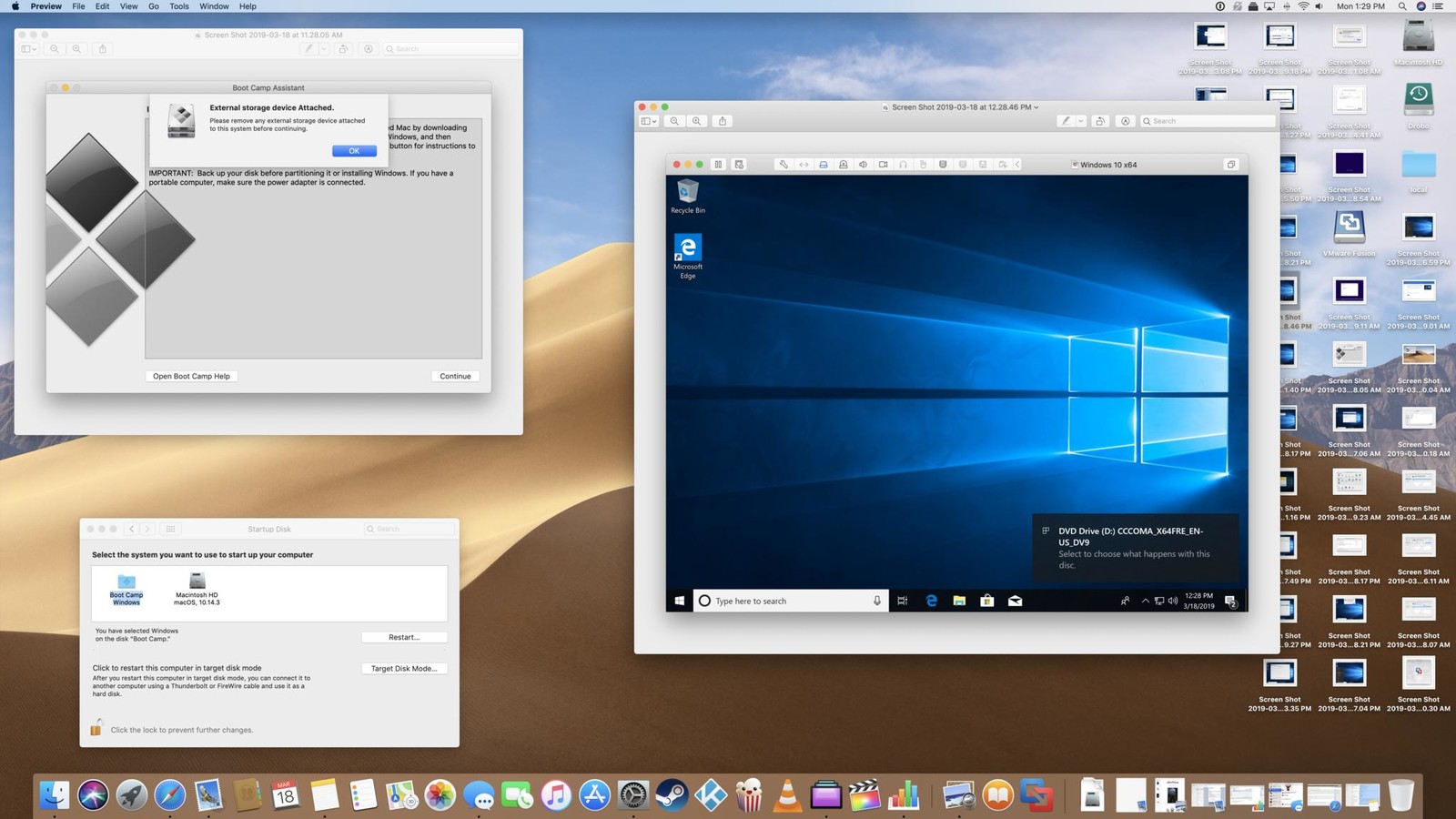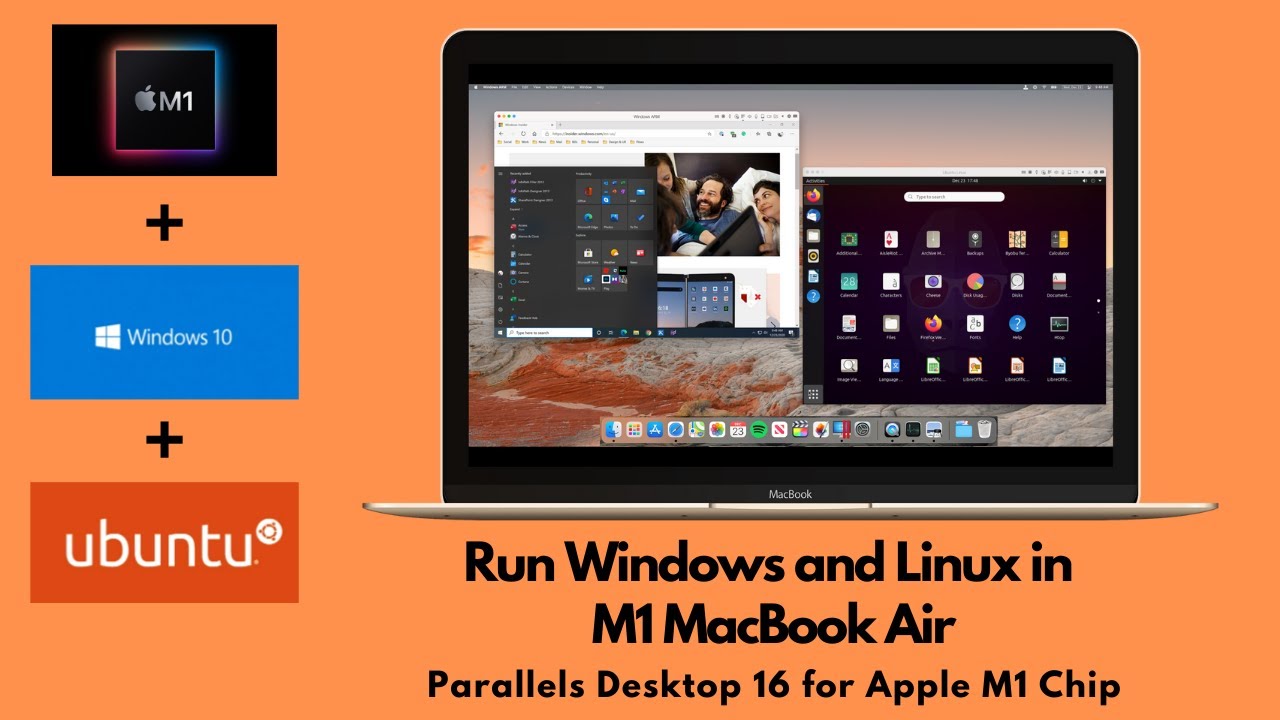

- #How to use virtualbox on macbook air how to#
- #How to use virtualbox on macbook air mac os x#
- #How to use virtualbox on macbook air install#
- #How to use virtualbox on macbook air driver#
- #How to use virtualbox on macbook air pro#
To make the installation process faster and easier, virtual desktop software is required.
#How to use virtualbox on macbook air install#
Furthermore, if you want to install Ubuntu on a PowerPC Mac, you can do so. Installing Ubuntu on a Mac is relatively simple. After you’ve installed Ubuntu, you can begin making changes so that you can enjoy it the way you want.
#How to use virtualbox on macbook air pro#
Using Ubuntu to connect to Wi-Fi on a Mac Pro is simple follow these steps to get Wi-Fi on your Mac. For this guide, we’ll use Ubuntu as our only installation method for our MacBook Air. Using Rufus, you can quickly create bootable USB sticks.
#How to use virtualbox on macbook air mac os x#
If you don’t have a PC with you, you can always use the Mac OS X operating system to perform the task.
#How to use virtualbox on macbook air how to#
If you’re following along with this guide, you’ll learn how to install the Ubuntu ISO. My ultimate goal in creating a Linux laptop is to be able to use it anywhere I go and do both work and play. Installing Ubuntu on a MacBook Pro is simple. You will need to create a bootable USB drive with the Ubuntu installer on it, and then boot from the USB drive to install Ubuntu. Yes, you can install Ubuntu on a MacBook Pro. Can You Install Ubuntu On A Macbook Pro? Credit: The option to Install Ubuntu is available in the black and white screen. After selecting EFI Boot, press the Return key on the startup screen. After you’ve pressed the power button on your Mac, press the Option key on your keyboard. You will be presented with the Grub menu, which you can use to install Ubuntu.Īttach the USB stick to your Mac after it has been booted into Linux. When the screen goes black, hold down the Alt key for a few seconds to access the boot menu. Neither the boot process nor the installation of Ubuntu produced any errors.Īfter plugging in the USB drive containing your Ubuntu image, reboot your computer. Following that, I installed Ubuntu by booting it from the USB device.

After I created the bootable USB, I then restarted my MacBook with the ‘Option’ key. I’ll review the method you used to link Alexzee.io and provide you with a result as soon as I can. Thank you for your kind words, I’ll be glad to hear from you soon. To boot my USB stick, I must replace the splash screen with. I figured it’d be a challenge to install Linux on it. I had a MacBook Pro from the year 2009 with a 17-inch display. If his laptop is a 2018 model, it should have AMD’s AMD Fusion Pro 555X or AMD Fusion Pro 560X.
#How to use virtualbox on macbook air driver#
Your GPU may occasionally cause an all-black screen, but this is usually a driver issue. After pressing the Option key, select EFI as the boot option. My computer was restarted after I created a bootable USB drive with Balena Etcher. It was a breeze to install Ubuntu 21.04 on a 2018 MacBook Pro. Once you’ve created the virtual hard drive, you’ll need to select it as the primary drive for the virtual machine. I would recommend creating a virtual hard drive that’s at least 20GB in size. I would recommend allocating at least 2GB of memory.Īfter you’ve allocated the memory, you’ll need to create a virtual hard drive. Once you’ve selected those options, you’ll need to allocate some memory to the virtual machine. For this, you’ll want to select “Linux” and then “Ubuntu 64-bit”. When you create the new virtual machine, you’ll need to select the type of operating system you want to install. Once you have the ISO file, you’ll need to open VirtualBox and create a new virtual machine. Once VirtualBox is installed, you’ll need to download the Ubuntu ISO file. First, you’ll need to download and install a program called VirtualBox. If you’re looking to install Linux Ubuntu using a virtual machine, the process is a bit different. The installer will walk you through the process of installing Ubuntu, and once it’s finished, you’ll be able to use Ubuntu on your Macbook Pro.

Once your Macbook Pro has booted from the USB drive or DVD, you’ll be presented with the Ubuntu installer. This will bring up the boot menu, and from here, you’ll need to select your USB drive or DVD. To do this, you’ll need to restart your Macbook Pro and hold down the Option key while it’s booting up. Once you have your USB drive or DVD, you’ll need to boot your Macbook Pro from it. Once you have the ISO file, you’ll need to burn it to a USB drive or DVD. If you’re installing Linux Ubuntu using a USB drive or DVD, the first thing you’ll need to do is download the Ubuntu ISO file. You can either install it using a USB drive or DVD, or you can use a virtual machine. If you’re looking to install Linux Ubuntu on your Macbook Pro, there are a few different ways to go about doing it.


 0 kommentar(er)
0 kommentar(er)
